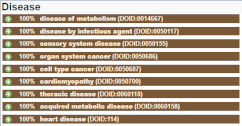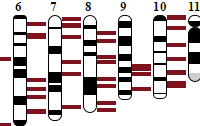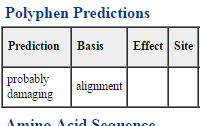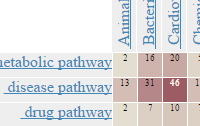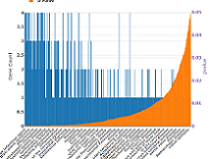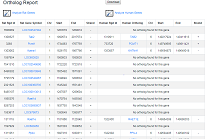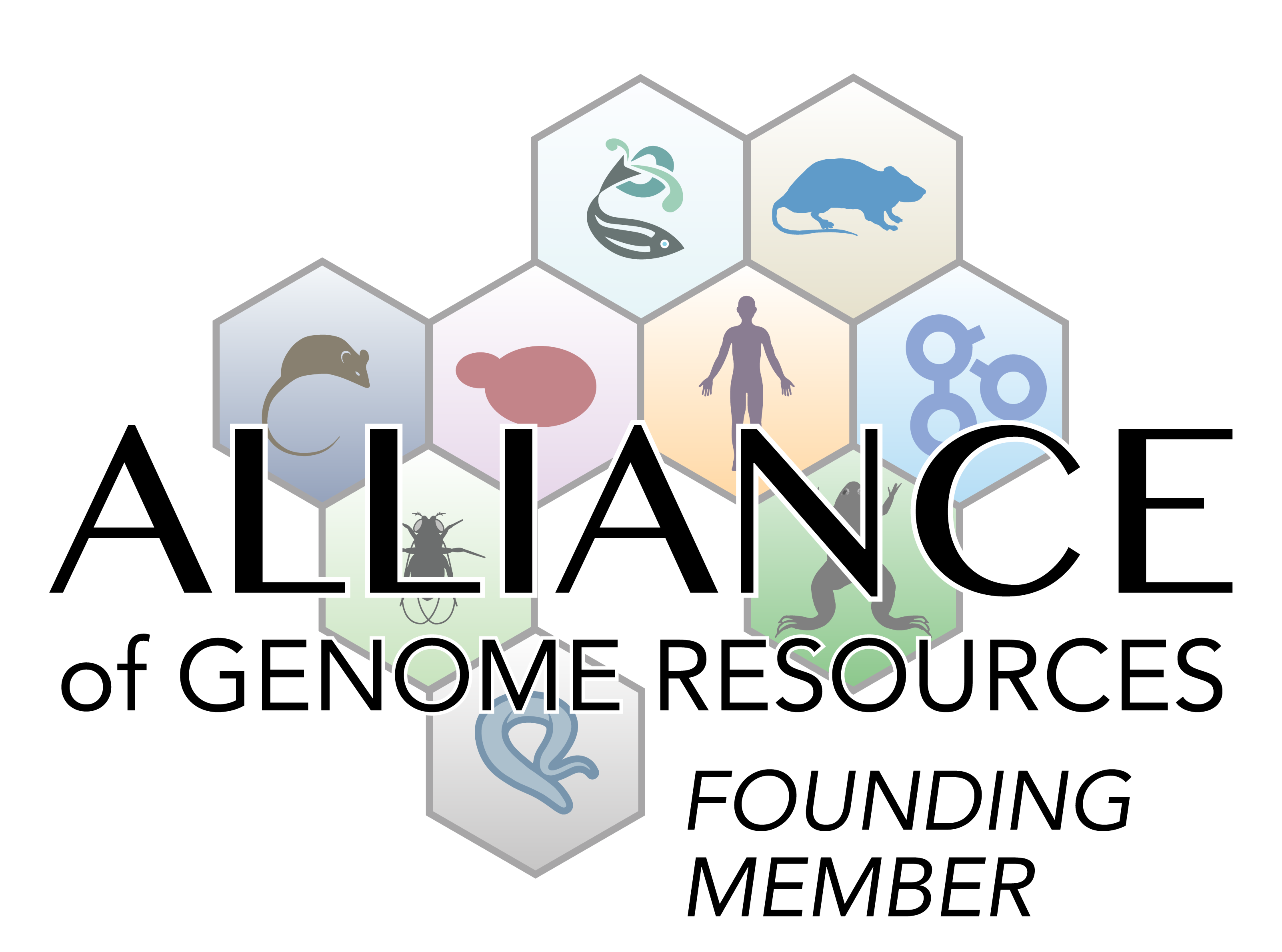Rat Nomenclature Guidelines
The Rat Genome Nomenclature Committee (RGNC) exists to develop internationally accepted standard genetic nomenclature for rat genes and other genetic loci and rat strains.
Questions? RGD has put together an introduction to biological nomenclature video series! View Nomenclature Video Series
Rat Nomenclature Updates
Updates to the names and symbols of Rat Genes, Strains, QTLs and SSLPs are continually being made to ensure rat symbols follow the accepted guidelines and wherever possible to bring these symbols in line with those used in Human and Mouse. These changes are tracked in RGD for the benefit of the Rat Community and can be displayed by selecting a timespan in the form below.
Rules for Rat Gene, QTL, Genetic Marker, Allele, and Mutation Nomenclatur
Nomenclature of rat genes is coordinated with that of human and mouse so that in most cases, homologous genes in the three organisms will carry the same symbol and name. Guidelines for naming genes, alleles, QTLs, SSLPs, ESTs, and other loci have been developed in conjunction with the International Committee on Standardized Genetic Nomenclature for Mice . In addition brief versions of the guidelines are available along with a list of QTL traits and preferred symbols.
To register new genes or QTL please send us a message via the RGD contact us form. An RGD ID will be assigned and the data will be kept private until publication.
- Rules for Nomenclature of Genes, Genetic Markers, Alleles, and Mutations in Mouse and Rat
- Quick Guide to Gene Nomenclature
- Quick Guide to QTL Nomenclature
- Rat QTL Trait/Subtrait List
- Human QTL Trait/Subtrait List
- Quick Guide to SSLP Nomenclature
Rules for Rat Strain Nomenclature
Joint rat and mouse guidelines have been approved by the Rat Genome Nomenclature Committee and the International Committee on Standardized Genetic Nomenclature for Mice. In addition a brief version of the guidelines is available.
New rat strains should be registered using the online RGD strain registration form. Help with nomenclature can be obtained by contacting RGD.


